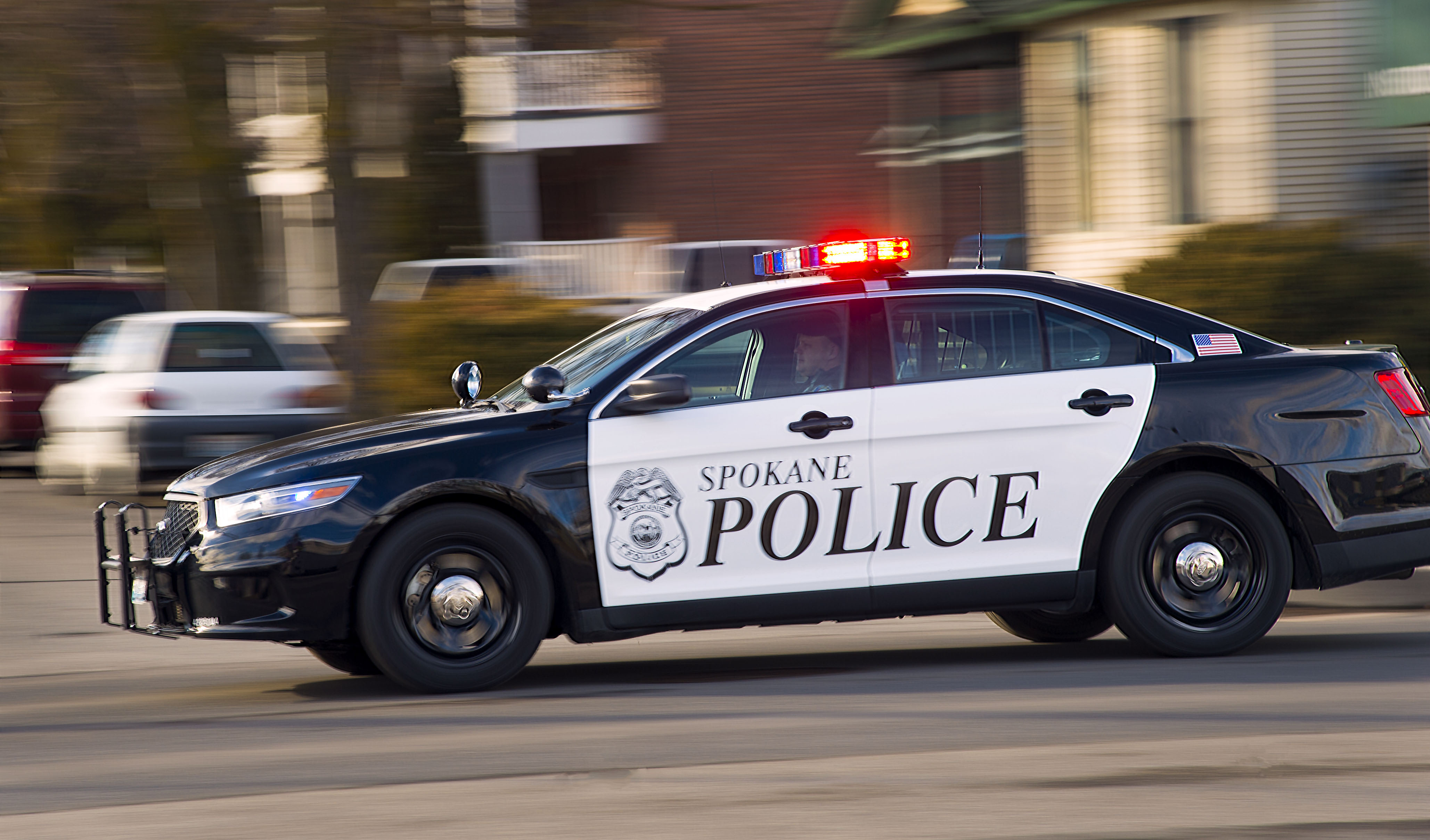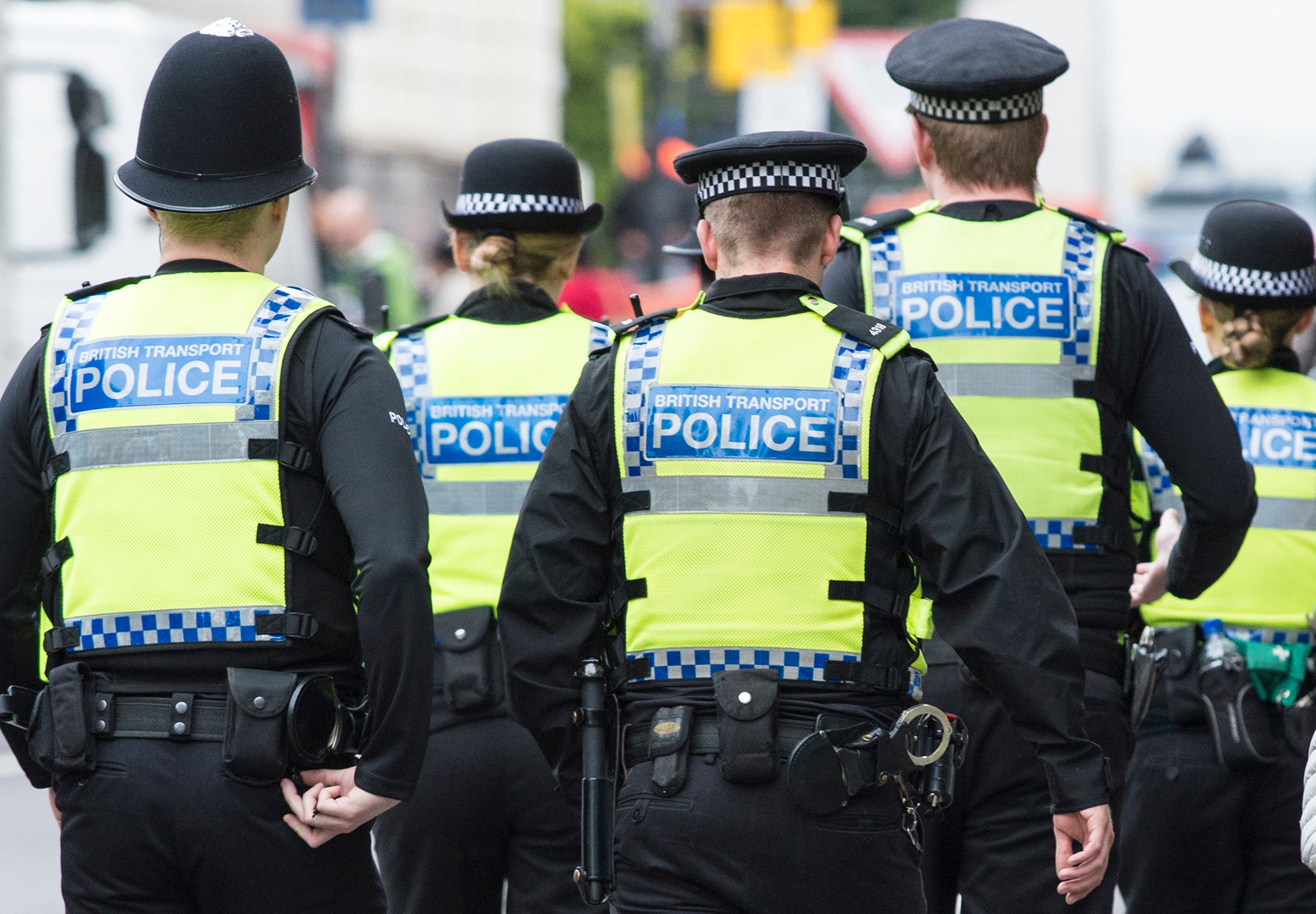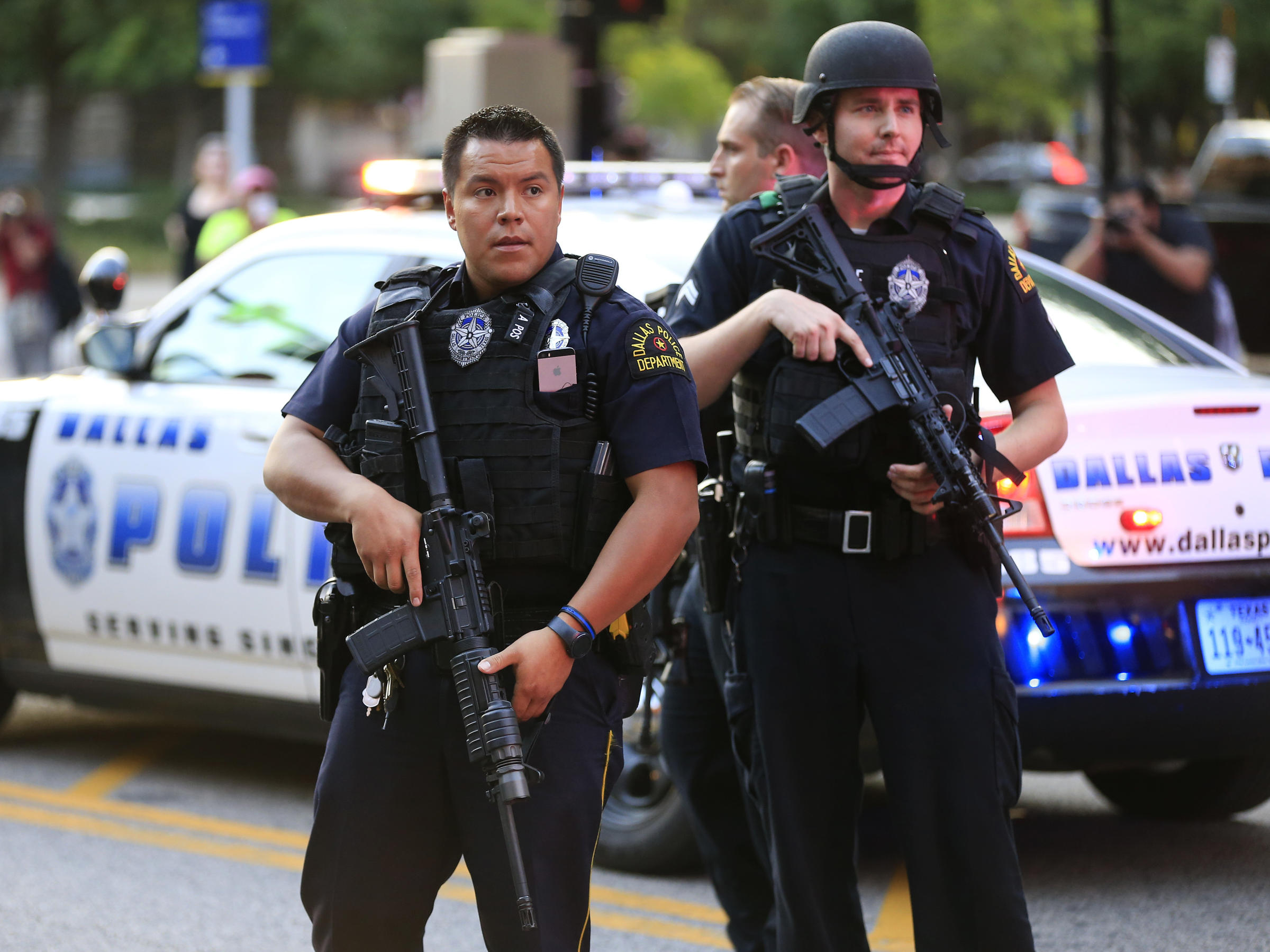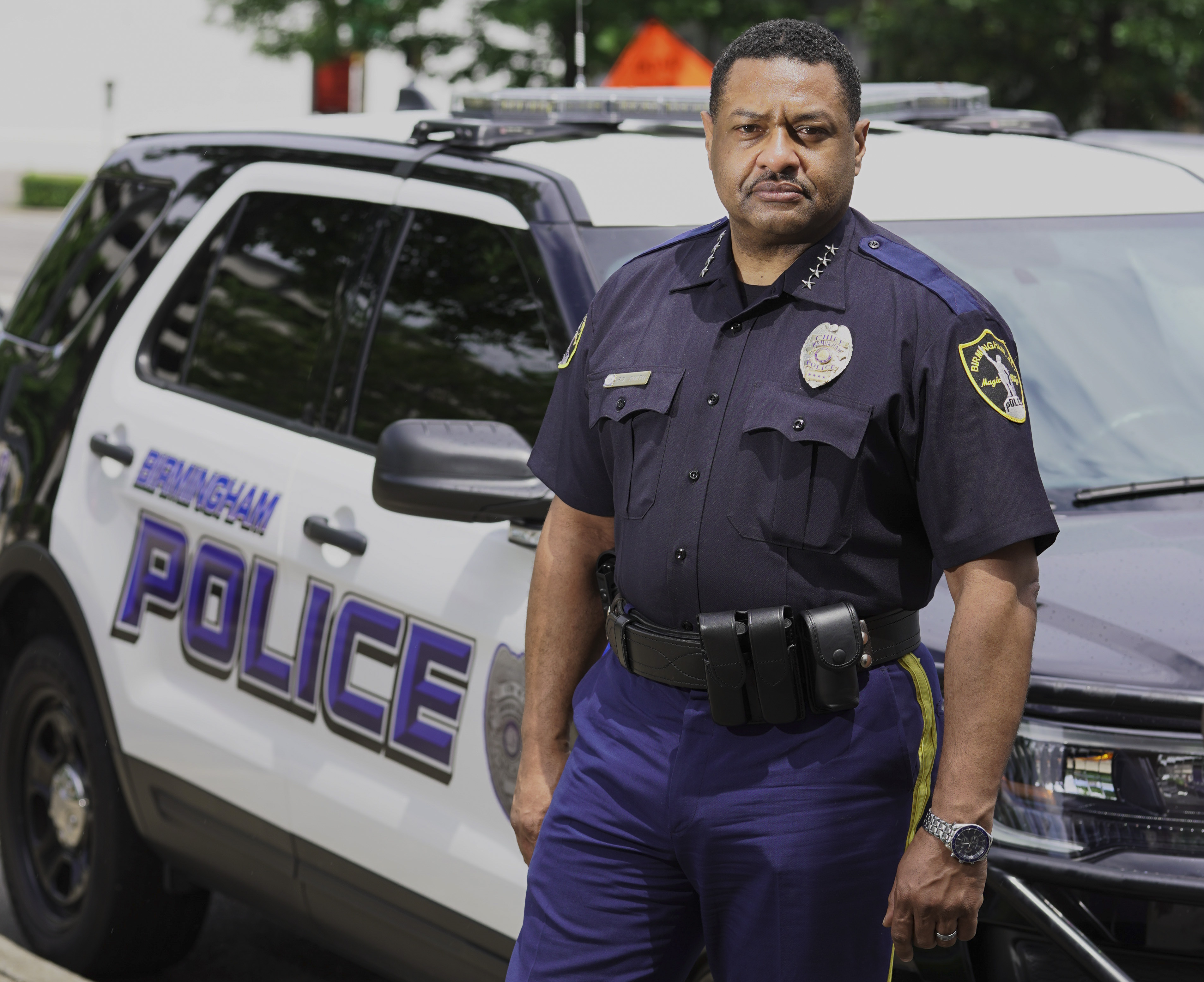Polizei, the backbone of law enforcement, has played a pivotal role in maintaining societal order and safety throughout history. From its humble beginnings to its modern-day complexities, the evolution of police forces has been a fascinating journey shaped by social, economic, and technological advancements.
Polizei forces have undergone a remarkable transformation, adapting to the ever-changing needs of society. From the establishment of the first professional police force in London in 1829 to the implementation of cutting-edge technologies in modern policing, the Polizei has continuously evolved to meet the challenges of its time.
Definition and Etymology

The term “Polizei” originates from the Greek word “politeia,” which means “state” or “constitution.” It was first used in the 16th century to refer to the police force in German-speaking countries.
Historical Origins
The concept of a police force has existed for centuries. In ancient Greece, the “polis” was responsible for maintaining order and enforcing laws. In the Roman Empire, the “praefecti vigilum” were responsible for policing the city of Rome. In the Middle Ages, the “watch” was responsible for keeping the peace in towns and cities.
Historical Development

The history of police forces is intertwined with the evolution of human societies and the need for maintaining order and protecting citizens. The emergence of police organizations has been influenced by various social, economic, and political factors, leading to diverse policing models and practices across different regions and time periods.
The earliest forms of policing can be traced back to ancient civilizations, where rulers and authorities relied on guards, soldiers, and watchmen to enforce laws and maintain public safety. In medieval Europe, feudal lords often employed private armies or knights to protect their territories and enforce their authority.
Establishment of Professional Police Forces
The establishment of professional police forces as we know them today began in the 18th and 19th centuries, particularly in Europe and North America. Industrialization, urbanization, and social unrest led to a growing need for organized and efficient policing systems.
One of the most influential figures in the development of modern policing was Sir Robert Peel, who established the Metropolitan Police Service in London in 1829. Peel’s principles, known as the Peel Model, emphasized the importance of transparency, accountability, and public consent in policing.
Technological Advancements and Policing
Technological advancements have played a significant role in shaping policing practices and the evolution of police organizations. The introduction of communication technologies, such as the telegraph and telephone, improved coordination and response times.
In recent decades, the advent of computers, databases, and surveillance technologies has further transformed policing. Data analysis, crime mapping, and predictive policing have become essential tools for crime prevention and investigation.
Functions and Responsibilities
Police forces are entrusted with the critical responsibility of maintaining public safety and order. Their functions and responsibilities are extensive, encompassing a wide range of activities essential for the well-being of society.
The primary functions of police forces include:
- Enforcing laws and regulations
- Maintaining public order
- Preventing and investigating crime
- Protecting life and property
- Providing emergency services
Role in Maintaining Public Order and Enforcing Laws
Maintaining public order and enforcing laws are central to the role of police forces. This involves:
- Patrolling streets and neighborhoods to deter crime and maintain a sense of security
- Responding to calls for service, such as reports of disturbances, accidents, or suspicious activity
- Investigating crimes, gathering evidence, and identifying suspects
- Apprehending suspects and bringing them into custody
- Enforcing traffic laws to ensure road safety
- Testifying in court to provide evidence and support prosecution cases
Organization and Structure
Police departments typically have a hierarchical organizational structure with various ranks and units. The specific structure may vary depending on the size and complexity of the department.
Do not overlook the opportunity to discover more about the subject of D-Day.
The highest-ranking officer is typically the chief of police, who is responsible for the overall leadership and management of the department. Below the chief, there are typically several deputy chiefs or assistant chiefs who oversee different divisions or bureaus within the department.
Ranks and Responsibilities
- Chief of Police: Overall leadership and management of the department.
- Deputy Chief/Assistant Chief: Oversee specific divisions or bureaus within the department, such as patrol, investigations, or administration.
- Captain: Command specific units within a division or bureau, such as patrol districts or investigative units.
- Lieutenant: Supervise and lead a group of officers within a unit.
- Sergeant: Supervise and lead a squad of officers within a unit.
- Officer: Perform patrol duties and respond to calls for service.
Example of Organizational Structure
Chief of Police
Deputy Chief of Patrol
Captain of Patrol District 1
Lieutenant of Patrol Squad A
Sergeant of Patrol Squad A1
Officer
Officer
Officer
Lieutenant of Patrol Squad B
Sergeant of Patrol Squad B1
Officer
Officer
Officer
Deputy Chief of Investigations
Captain of Homicide Unit
Lieutenant of Homicide Squad
Sergeant of Homicide Squad
Detective
Detective
Detective
Training and Education: Polizei
Police officers undergo rigorous training and education to equip them with the knowledge and skills necessary to perform their duties effectively. Training programs typically cover a range of topics, including law enforcement, crime prevention, community policing, and use of force. Specialized training in areas such as hostage negotiation, bomb disposal, and cybercrime investigation is also available.
Specialized Training Programs
Specialized training programs provide officers with in-depth knowledge and skills in specific areas of policing. For example, the FBI National Academy Program offers advanced training in leadership, management, and investigative techniques. The Drug Enforcement Administration’s (DEA) Basic Agent Training Program trains officers in drug law enforcement and investigative techniques. These specialized programs enhance officers’ abilities to address complex and specialized crimes.
Continuing Education
Continuing education is essential for police officers to maintain and enhance their skills. Training programs and workshops are offered to keep officers up-to-date on new laws, procedures, and best practices. In addition, many officers pursue higher education, such as bachelor’s or master’s degrees in criminal justice or related fields. Continuing education helps officers stay abreast of evolving crime trends and improve their overall effectiveness.
Simulation and Virtual Reality in Training
Simulation and virtual reality (VR) technologies are increasingly used in police officer training. These technologies allow officers to practice realistic scenarios and develop decision-making skills in a safe and controlled environment. VR training can simulate high-stress situations, such as active shooter scenarios or hostage negotiations, providing officers with valuable experience without putting themselves or others at risk.
Challenges and Opportunities
Providing effective training and education for police officers presents both challenges and opportunities. Challenges include the need for specialized training, the cost of training programs, and the need to balance training with operational responsibilities. However, opportunities exist to improve training through the use of technology, partnerships with educational institutions, and community involvement. By addressing these challenges and leveraging opportunities, law enforcement agencies can ensure that police officers receive the training and education they need to serve their communities effectively.
Technology and Equipment

Technological advancements have significantly impacted police work, enhancing their capabilities and efficiency.
Body Cameras
Body cameras are worn by officers to record their interactions with the public. This footage provides objective evidence of events, reducing complaints against officers and increasing transparency.
Surveillance Systems
Surveillance systems, including CCTV cameras and license plate readers, monitor public areas and vehicles. They help identify suspects, track movements, and deter crime.
Databases, Polizei
Databases store vast amounts of information, including criminal records, vehicle registrations, and DNA profiles. Officers can access these databases to identify suspects, locate missing persons, and investigate crimes.
Other Equipment
Other equipment used by police includes:
- TASERs (stun guns)
- Baton guns
- Pepper spray
- Night vision goggles
- Ballistic vests
These tools help officers protect themselves, subdue suspects, and effectively carry out their duties.
Explain the importance of building positive relationships between police and the community, focusing on the benefits for both parties.
Establishing positive relationships between police and the community is crucial for fostering trust, cooperation, and mutual respect. These relationships provide numerous benefits for both parties:
Benefits for the Police:
- Enhanced community support and legitimacy
- Improved crime prevention and detection through information sharing
- Increased officer safety and morale
Benefits for the Community:
- Reduced crime and fear of crime
- Increased trust in law enforcement
- Improved quality of life and community cohesion
Ethics and Accountability

Police conduct is guided by a set of ethical principles that ensure their actions align with the values of the community they serve. These principles include integrity, fairness, impartiality, and respect for human rights.
To hold police accountable for their actions, various mechanisms are in place. These include internal affairs investigations, citizen review boards, and the judicial system. These mechanisms provide oversight and ensure that police officers are held responsible for any misconduct or violations of ethical principles.
Internal Affairs Investigations
Internal affairs units within police departments investigate allegations of misconduct by officers. These units conduct thorough investigations and make recommendations for disciplinary action if necessary.
Citizen Review Boards
Citizen review boards are independent bodies composed of community members who oversee police conduct. They review complaints against officers and make recommendations for policy changes or disciplinary action.
Judicial System
The judicial system provides a means for holding police officers criminally accountable for misconduct. Officers can be charged with crimes such as assault, battery, or excessive force.
Expand your understanding about Tinne Van der Straeten with the sources we offer.
Comparative Perspectives
Police systems vary significantly across different countries, reflecting diverse legal frameworks, cultural norms, and socio-economic conditions.
Factors influencing variations include:
- Legal Framework: The legal framework of a country defines the powers and responsibilities of the police, shaping their role and practices.
- Cultural Norms: Cultural values and beliefs influence the public’s perception of the police and their willingness to cooperate with them.
- Socio-economic Conditions: The level of crime, poverty, and social inequality can impact the size, structure, and effectiveness of police forces.
- Historical Context: The historical development of police systems can influence their current practices and organizational structures.
Police Systems in Different Countries
Some notable examples of police systems include:
- United States: A decentralized system with local, state, and federal law enforcement agencies operating independently.
- United Kingdom: A centralized system with a national police force responsible for most policing duties.
- France: A semi-centralized system with a national gendarmerie responsible for rural areas and a municipal police force responsible for urban areas.
- Japan: A decentralized system with local police forces and a national police agency responsible for coordinating and supporting them.
Effectiveness of Police Practices
The effectiveness of police practices depends on various factors, including:
- Training and Education: Well-trained and educated police officers are more likely to use effective and ethical policing strategies.
- Community Engagement: Police departments that engage with their communities build trust and improve their ability to prevent and solve crimes.
- Technology and Equipment: Access to advanced technology and equipment can enhance police efficiency and effectiveness.
- Accountability and Oversight: Independent oversight mechanisms ensure that police officers are held accountable for their actions and that their practices are transparent.
– Describe the obstacles that law enforcement agencies face in today’s environment.

Law enforcement agencies encounter a myriad of challenges in today’s complex and ever-evolving societal landscape. These obstacles stem from a confluence of factors, including technological advancements, societal shifts, and heightened public scrutiny.
One significant obstacle is the rapid proliferation of technology. While technology offers potential benefits for policing, it also presents challenges. The rise of social media and the proliferation of surveillance cameras have led to increased public scrutiny of police actions. This scrutiny can be both positive and negative, but it can also make it more difficult for law enforcement to operate effectively.
Another obstacle is the growing diversity of the population. As the population becomes more diverse, law enforcement agencies must adapt their practices to meet the needs of all communities. This can be a challenge, as different communities have different needs and expectations.
Finally, law enforcement agencies are facing increasing pressure to reduce crime and improve public safety. This pressure can lead to a focus on enforcement over prevention, which can be counterproductive in the long run. It is important for law enforcement agencies to find a balance between enforcement and prevention, and to focus on building relationships with the communities they serve.
Specialized Units
Specialized police units are highly trained and equipped teams that handle specific tasks or situations beyond the capabilities of regular patrol officers. These units play a crucial role in maintaining public safety and responding to emergencies.
SWAT Teams
SWAT (Special Weapons and Tactics) teams are deployed in high-risk situations, such as hostage rescues, barricaded suspects, and active shooter incidents. They undergo rigorous training in weapons handling, tactics, and negotiation. SWAT teams are equipped with specialized weapons, including assault rifles, shotguns, and sniper rifles, as well as protective gear like body armor and helmets.
K-9 Units
K-9 units consist of police officers partnered with trained dogs. These dogs are used for a variety of tasks, including drug detection, tracking suspects, and searching for missing persons. K-9 teams undergo extensive training to develop a strong bond and coordination between the officer and the dog.
Bomb Squads
Bomb squads are responsible for handling and disposing of explosives and other hazardous materials. They are trained in explosives identification, detonation, and disposal techniques. Bomb squads are equipped with specialized equipment, including bomb suits, remote-controlled robots, and detonation devices.
| Unit | Role | Responsibilities | Training | Equipment | Notable Operations |
|---|---|---|---|---|---|
| SWAT Teams | High-risk operations | Hostage rescues, barricaded suspects, active shooter incidents | Rigorous weapons handling, tactics, negotiation | Assault rifles, shotguns, sniper rifles, body armor | Columbine High School shooting, Virginia Tech shooting |
| K-9 Units | Detection and tracking | Drug detection, tracking suspects, searching for missing persons | Extensive training to develop bond and coordination | Trained dogs, leashes, harnesses | Tracking down fugitives, locating victims of natural disasters |
| Bomb Squads | Explosives handling | Identification, detonation, disposal of explosives | Explosives identification, detonation, disposal techniques | Bomb suits, remote-controlled robots, detonation devices | Boston Marathon bombing, Oklahoma City bombing |
History and Evolution
Specialized police units have evolved over time to meet the changing needs of law enforcement. SWAT teams originated in the 1960s in response to the Watts riots in Los Angeles. K-9 units have been used for centuries, but their use in modern law enforcement became widespread in the 20th century. Bomb squads were established after the rise of terrorist activity in the late 20th century.
Rank Structure
The rank structure of a police department is a hierarchical system that defines the authority and responsibilities of officers. It typically consists of several ranks, each with its own insignia and duties.
The following table Artikels the typical rank structure of a police department:
| Rank | Insignia | Responsibilities |
|---|---|---|
| Chief of Police | Four stars | Overall command of the police department |
| Deputy Chief of Police | Three stars | Second-in-command of the police department |
| Assistant Chief of Police | Two stars | Supervises a specific division or bureau of the police department |
| Captain | One star | Supervises a specific precinct or unit of the police department |
| Lieutenant | Two bars | Supervises a specific shift or group of officers |
| Sergeant | Three bars | Supervises a specific squad or team of officers |
| Corporal | One bar | Assists in the supervision of officers |
| Patrol Officer | No insignia | Performs general patrol and law enforcement duties |
Law Enforcement Methods
Law enforcement involves a range of methods employed by police officers to maintain public order and safety. These methods include patrol, investigation, and arrest, each with its own principles and procedures.
Patrol
Patrol is a proactive law enforcement method where officers regularly monitor an area to prevent crime and maintain order. Officers may patrol on foot, in vehicles, or on bicycles, observing and interacting with the public. Patrol aims to deter criminal activity, identify suspicious individuals or situations, and respond to calls for service.
Investigation
Investigation is a reactive law enforcement method where officers gather information and evidence to solve crimes. After a crime occurs, investigators collect evidence from the scene, interview witnesses and suspects, and analyze data to identify and apprehend the perpetrator. Investigations require analytical skills, attention to detail, and the ability to work independently and as part of a team.
Arrest
Arrest is the legal authority granted to law enforcement officers to detain and take a person into custody for a suspected crime. Arrests must be based on probable cause, which is a reasonable belief that a crime has been committed and that the person being arrested is the perpetrator. The arrest process involves identifying the suspect, informing them of their rights, and transporting them to a detention facility.
Case Studies
Police investigations and operations can vary greatly in complexity and scope. Notable cases often involve high-profile crimes, intricate evidence, and extensive collaboration between multiple agencies.
These cases present unique challenges, requiring meticulous planning, effective coordination, and innovative investigative techniques. By examining notable police investigations, we can gain valuable insights into the complexities of law enforcement and the strategies employed to solve challenging cases.
Operation Fast and Furious
Operation Fast and Furious was a controversial Bureau of Alcohol, Tobacco, Firearms and Explosives (ATF) operation that allowed licensed firearms dealers to sell thousands of weapons to suspected straw purchasers with the intent of tracking the weapons to Mexican drug cartels.
However, the operation was plagued by mismanagement and oversight failures, resulting in the loss of track of hundreds of weapons. Some of these weapons were later found at crime scenes in Mexico and the United States, including the murder of Border Patrol Agent Brian Terry.
The operation highlighted the challenges of balancing law enforcement objectives with public safety and the importance of effective oversight and accountability.
Outcome Summary
The Polizei of today faces a myriad of challenges, including rising crime rates, terrorism, and the increasing complexity of modern society. However, the unwavering commitment of police officers to serve and protect remains a beacon of hope in an ever-changing world.
As we look towards the future, the Polizei will undoubtedly continue to adapt and innovate, embracing new technologies and strategies to ensure the safety and well-being of our communities.